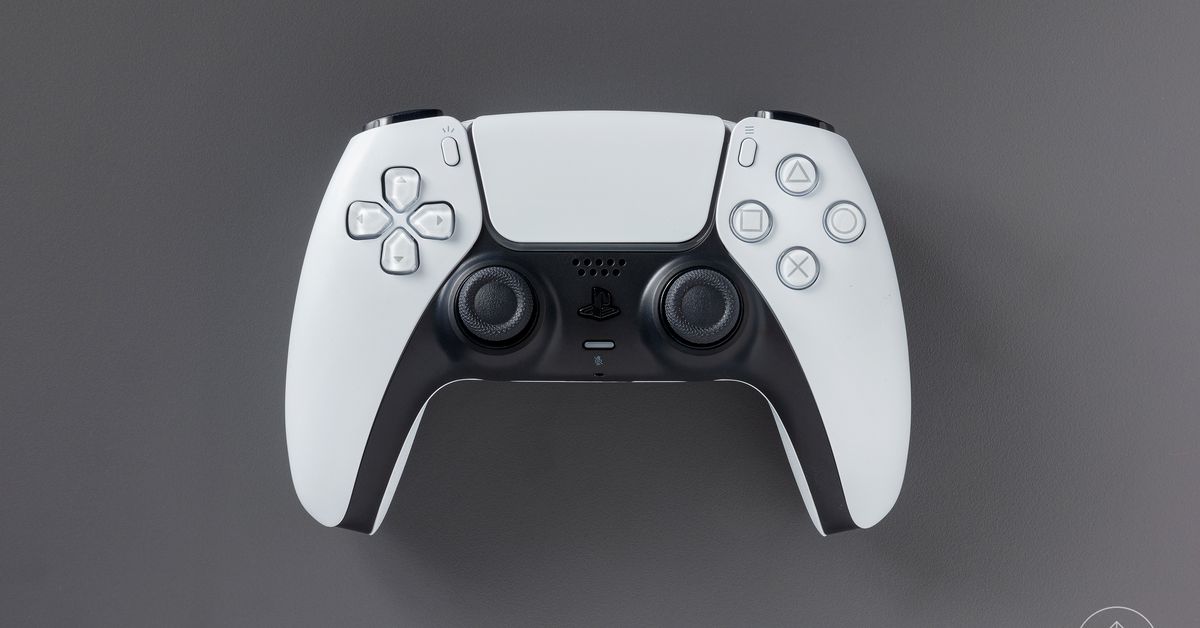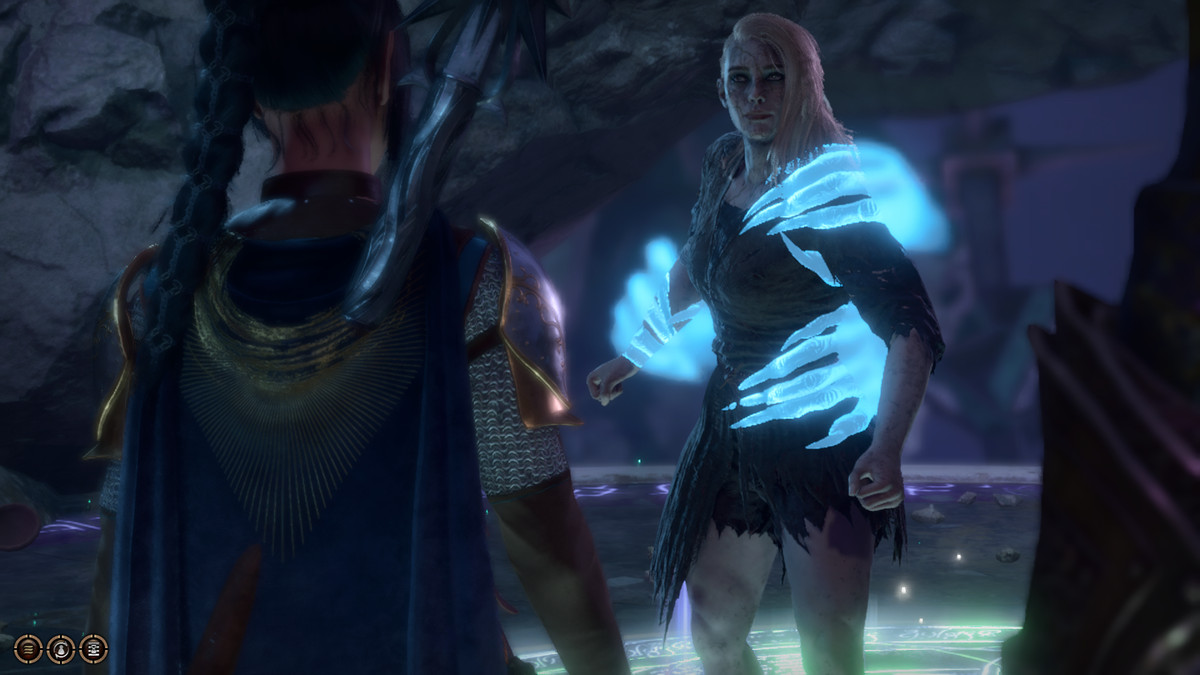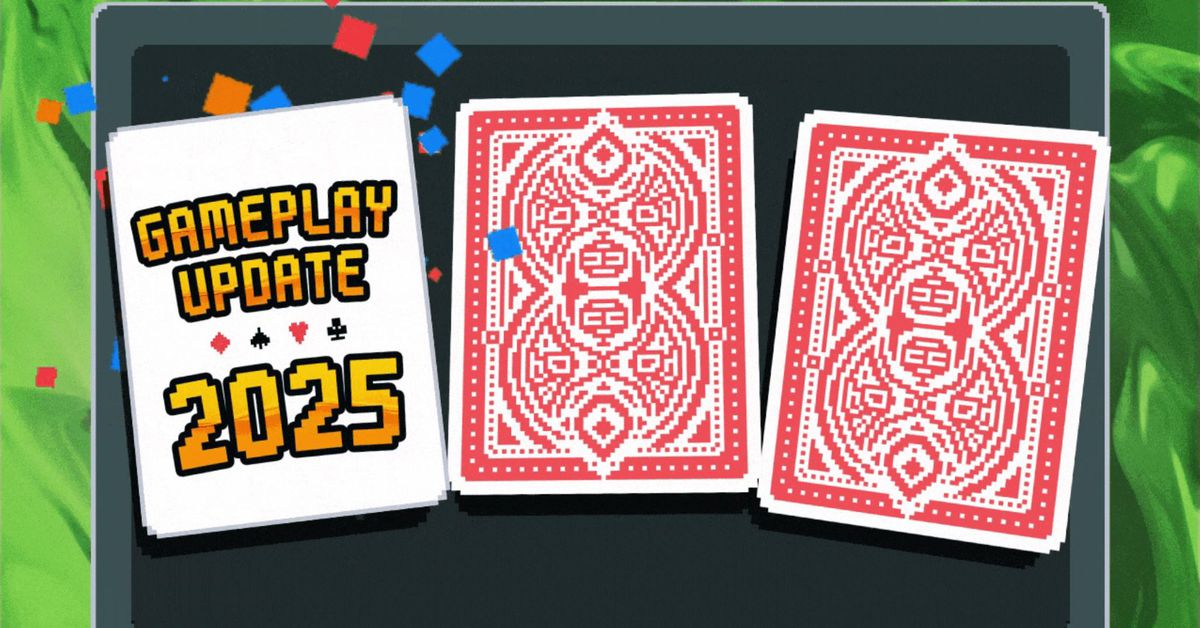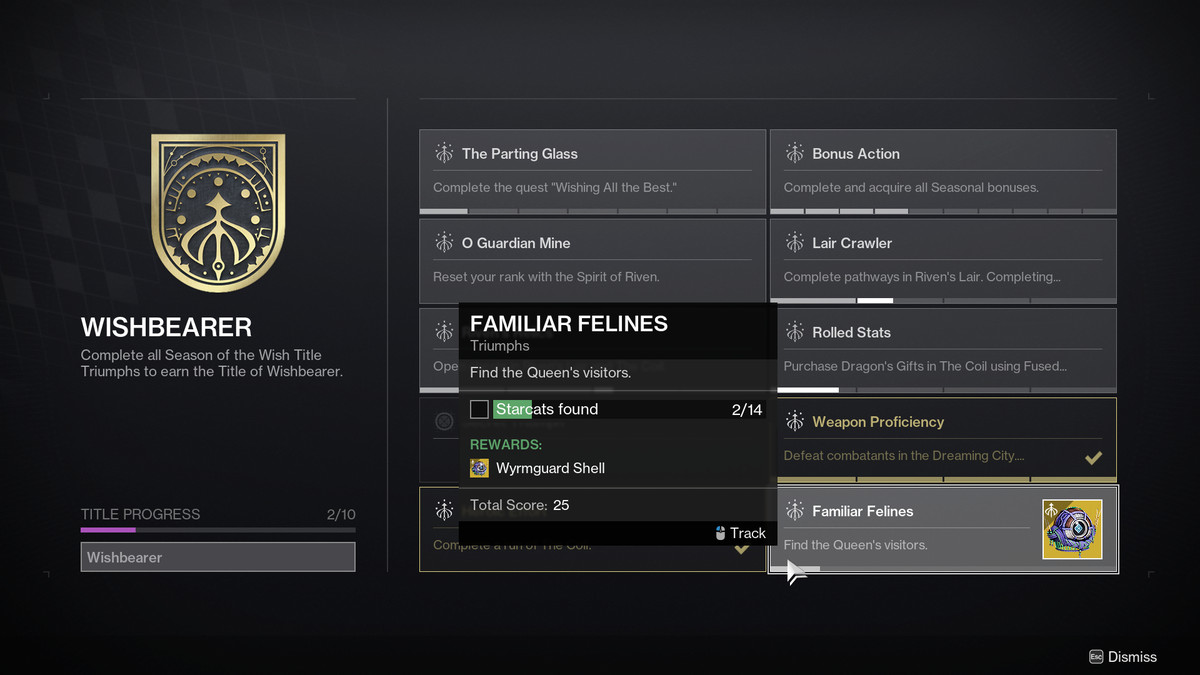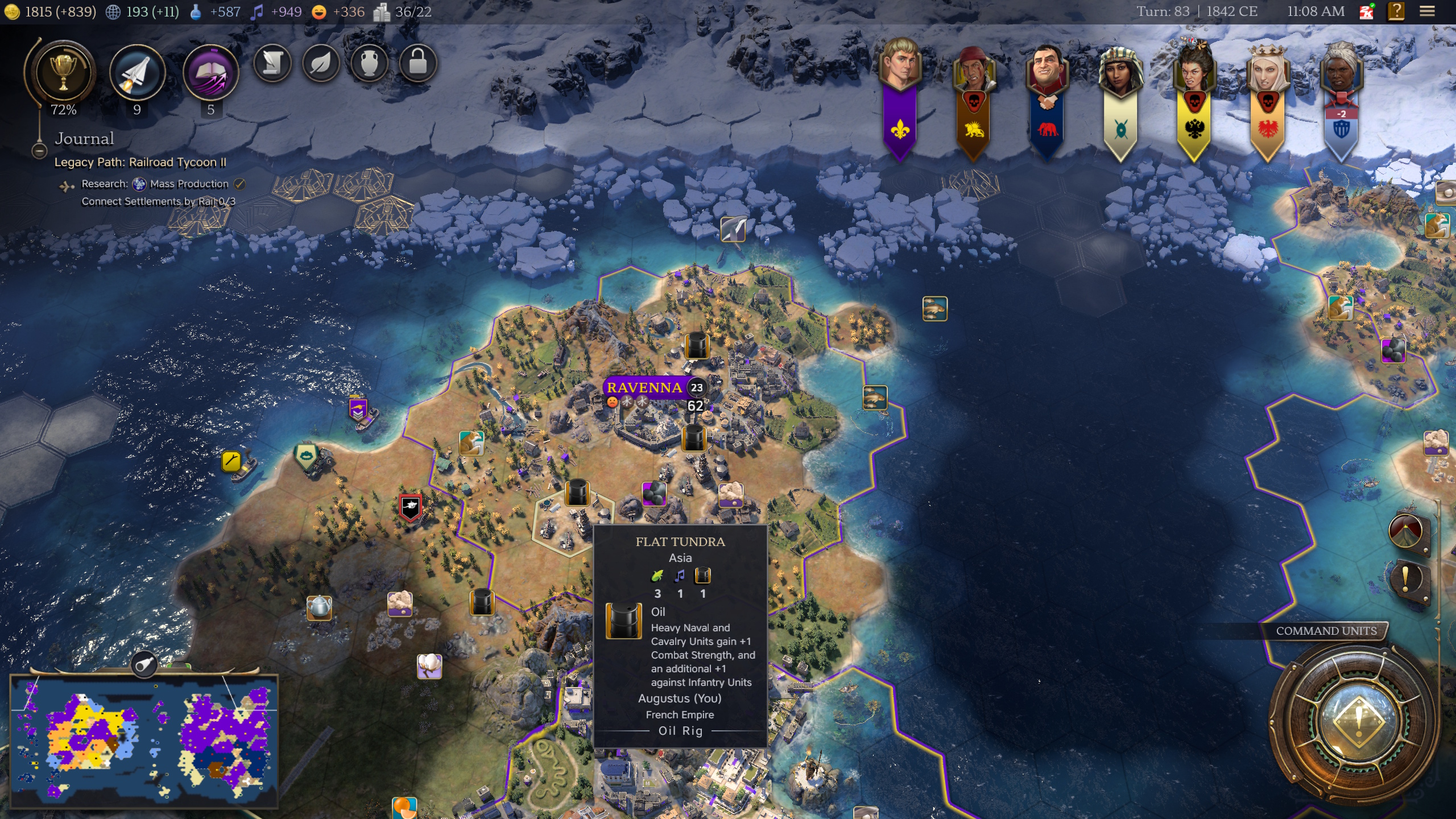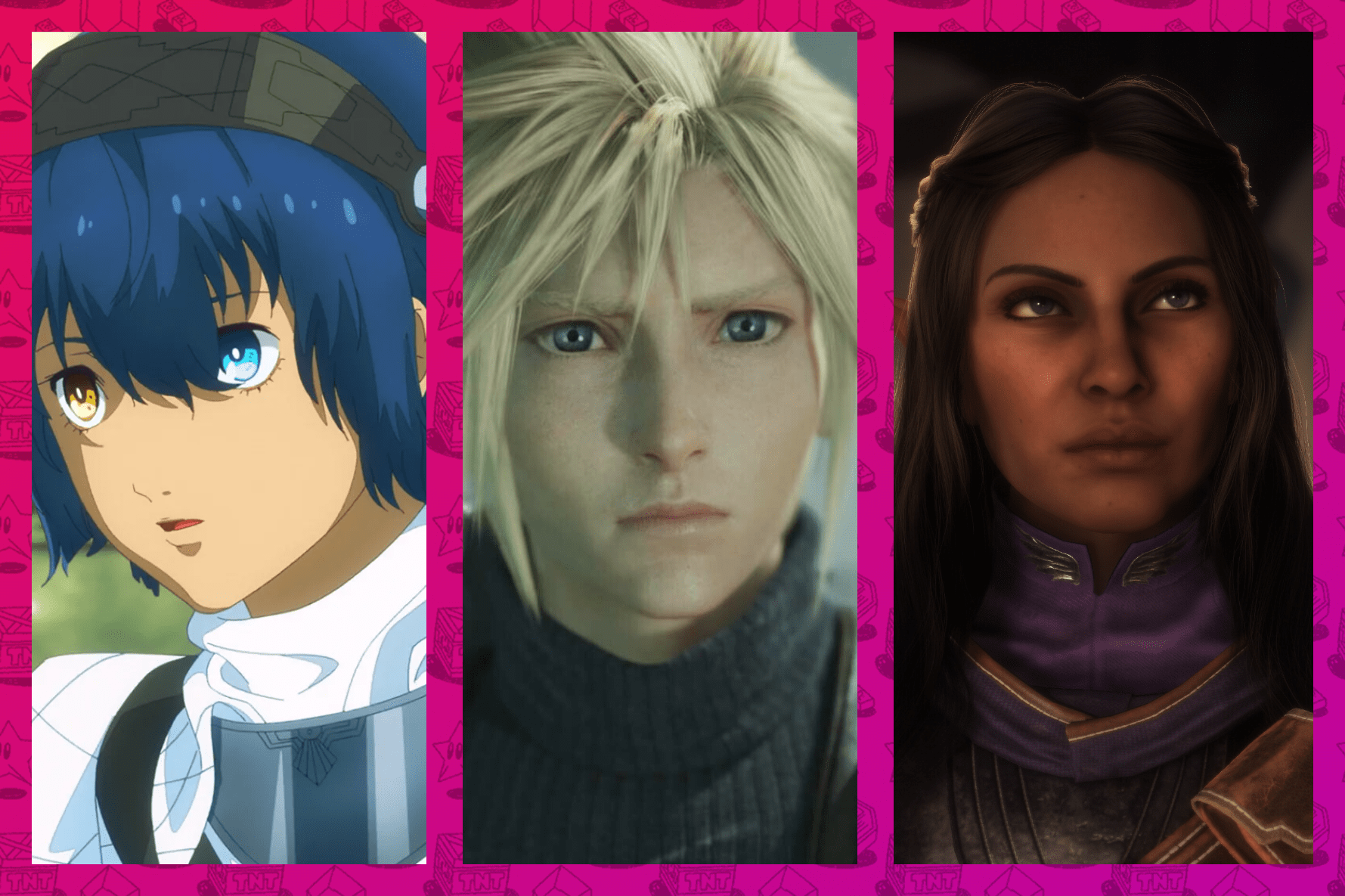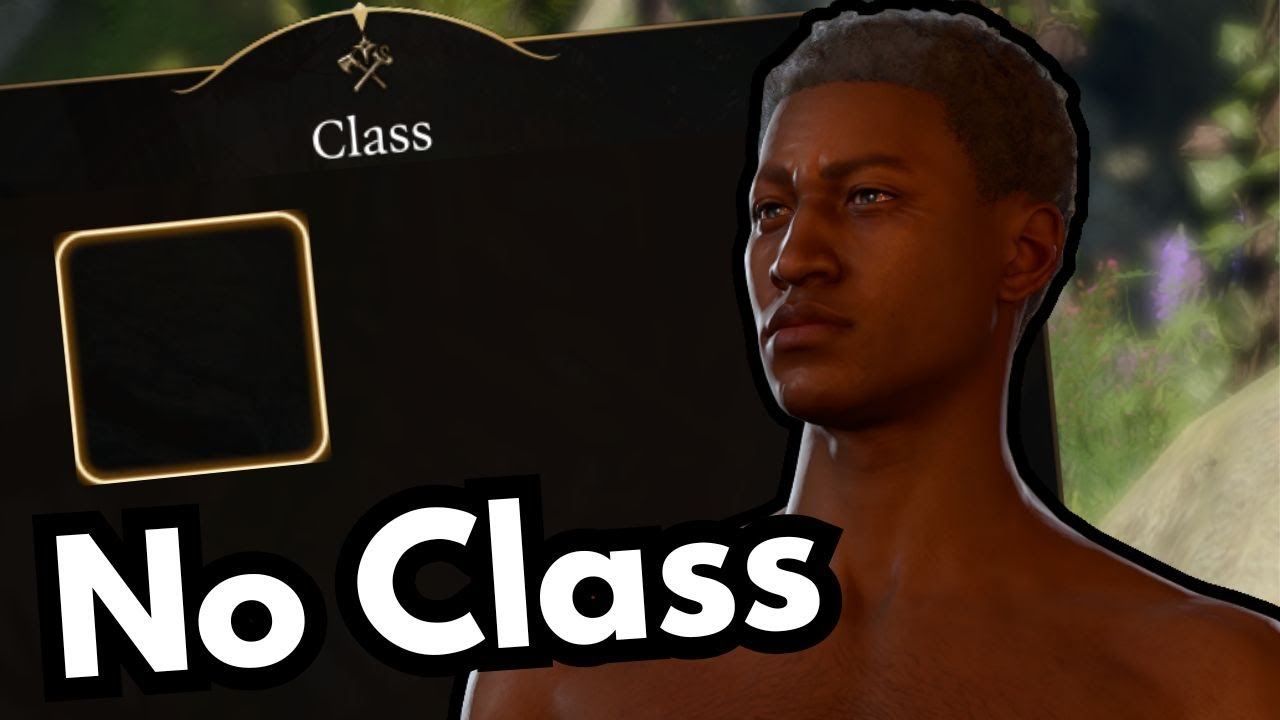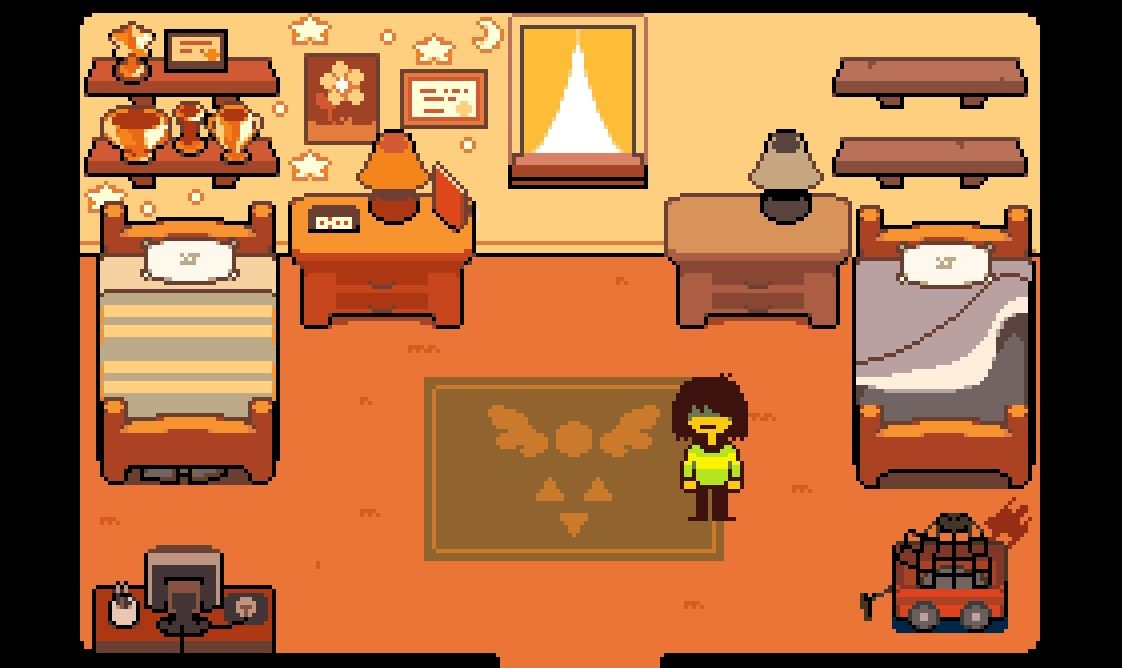More than a decade after Tim Burton’s The Nightmare Before Christmas debuted in movie theaters, Street Fighter and Mega Man publisher Capcom pulled off something impressive: It made a direct sequel to the movie, with Burton’s blessing.
The Nightmare Before Christmas: Oogie’s Revenge, released stateside on PlayStation 2 and the original Xbox in 2005, is set one year after the events of the film. While Jack Skellington is in search of new scares to spice up Halloween, Oogie is revived by Lock, Shock, and Barrel, with aspirations to take over Halloween Town and become the Seven Holidays King.
Capcom aimed for authenticity with its sequel, bringing back much of the original film’s cast to voice characters, including Chris Sarandon as Jack Skellington and Ken Page as Oogie. The film’s art director also contributed new design work for the game. And the game’s makers even matched the film’s musical numbers, with Jack fighting bosses to re-recorded versions of Danny Elfman’s songs.
Gameplay-wise, Capcom aimed much lower. Oogie’s Revenge plays like a simplified version of the publisher’s Devil May Cry games: Jack wields a glowing green cord called a Soul Robber to whip, grab, and smash rooms full of skeletons and giant bosses. Like the Devil May Cry games, an on-screen combo counter lavishes praise on players as they battle, calling their in-game performance “Spine-tingling”, “Bone-chilling”, and “Shriek-i-fied.” And, similar to Devil May Cry’s swappable fighting styles, Jack can switch in and out of costumes that imbue special powers on the fly. In his Santa form, he can throw presents that stun and freeze enemies. As the Pumpkin King, he can spit fire.
:no_upscale()/cdn.vox-cdn.com/uploads/chorus_asset/file/24995766/The_Nightmare_Before_Christmas_Oogie_s_Revenge___Dance_Mode.jpg)
Unlike Devil May Cry — which should really adopt this mechanic, though — Oogie’s Revenge’s boss battles feature a musical rhythm game called Dance Mode. Jack sings and dances while dispatching his foes, including a brain-swapped Dr. Finkelstein and a building-sized Oogie Boogie.
Oogie’s Revenge landed with a critical shrug. Despite it being a long-awaited return to the setting of Burton and director Henry Selick’s stop-motion animated world, the game was dinged for its repetitive gameplay and shallowness. Multiple reviewers at the time criticized the fact that Jack Skellington said “Soul Grabber!” out loud every time he used the weapon.
But Oogie’s Revenge — and a Castlevania-inspired prequel, The Nightmare Before Christmas: The Pumpkin King — were released when Nightmare fans were hungry for more of Jack Skellington, Sally, and Lock, Shock, and Barrel. Capcom developed the game originally for audiences in Japan, where The Nightmare Before Christmas still enjoys immense popularity.
According to author Michael Mullin, even before the release of the game, Disney Japan employees in the merchandising department were desperate for new Nightmare material. As a copywriter at Disney, Mullin wound up penning and pitching two sequel stories to The Nightmare Before Christmas as long-form poems, but Burton seemed wary of sequelizing the story and sending Jack Skellington to other holiday-themed lands, like Easter Town. (Mullin would later go on to work on a Nightmare board game published by NECA and Oogie’s Revenge.)
:no_upscale()/cdn.vox-cdn.com/uploads/chorus_asset/file/24995802/The_Nightmare_Before_Christmas_Oogie_s_revenge_attack.jpg)
Oogie’s Revenge doesn’t do much to expand the world beyond Burton’s original vision; it’s largely set in locations seen in the film. But the game did expand the environments of the film with new details, created with input from The Nightmare Before Christmas art director Deane Taylor.
“There was a lot of opportunity for freedom, which was good,” Taylor said in a 2005 interview with Team Xbox about the development of Oogie’s Revenge, “but you have to understand that you are trying to make it look like Tim drew it, which was my brief when I got the job on the film. This is a lot easier said than done.”
“There’s a bunch [of new locations in Oogie’s Revenge],” Taylor said, some of which fleshed out characters seen in the film. “To design the vampire castle I drew the four vampires as a group, frozen in mid scare, which I then turned into stone and then into castle detail. With the Mayor’s house I wanted an interesting entrance, or approach to the house. Given that his house is basically his head and hat, I imagined that the house at one time had been pushed face down in the mud, then lifted back up. Using the impression in the mud, a detailed mosaic was then applied made from old bones and dried bug shells. This level of detail is not always apparent, but it is always there.”
:no_upscale()/cdn.vox-cdn.com/uploads/chorus_asset/file/24995767/The_Nightmare_Before_Christmas_Oogie_s_revenge_Lock_Shock_Barrel.jpg)
While Burton hasn’t been keen on sequels, according to Oogie’s Revenge production manager Masato Yoshino, he gave the game his stamp of approval. Speaking to Movieweb in 2005, Yoshino said Capcom showed an in-development version to the director “and received detailed advice on various elements, including his signature expression of contrast between light and shadow, character movement and facial expression as well as the world of Nightmare Before Christmas itself. He provided advice on such a wide range of details that we could really feel his love and passion for the film.”
Said Yoshino of his meeting with Burton, “I went into the meeting with the attitude that I was the biggest fan of the film and possibly I love The Nightmare Before Christmas more than even Tim does, only to realize my understanding of the film was shallow and superficial when Tim enthusiastically gave us more conceptual advice rather than bickering over differences in small details.”
Unfortunately for The Nightmare Before Christmas fans, Oogie’s Revenge is effectively stuck on old platforms. The PS2 and Xbox games are not officially backward compatible on current platforms, and there’s been no hint of a re-release. But second hand copies aren’t too expensive, if you’re willing to put up with mid-aughts graphics.
